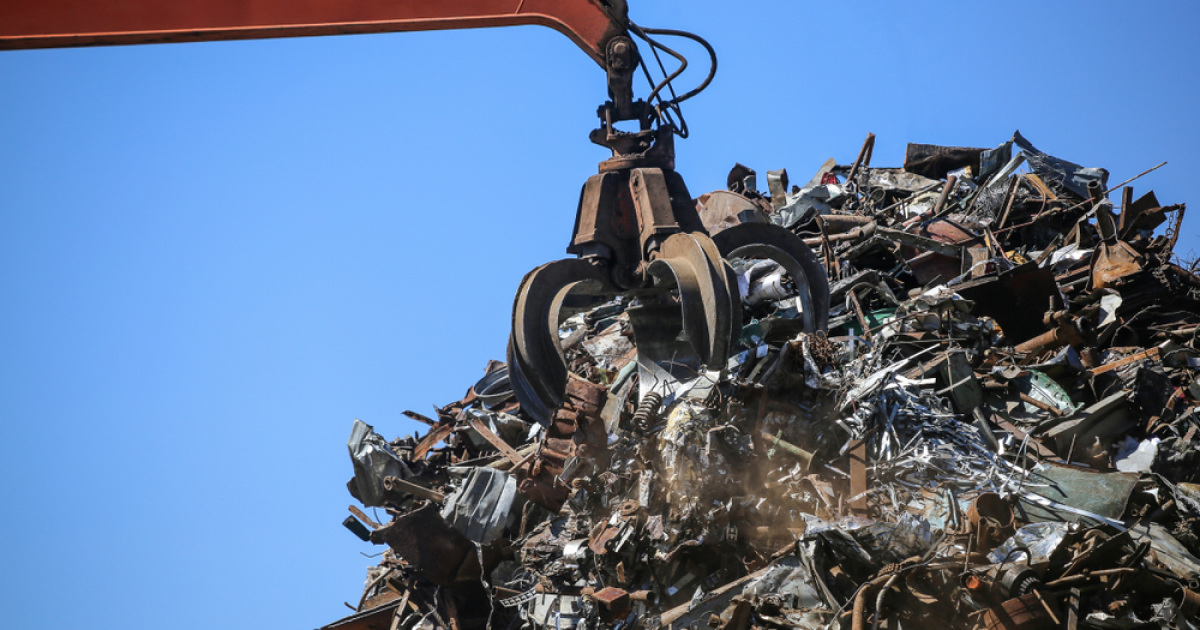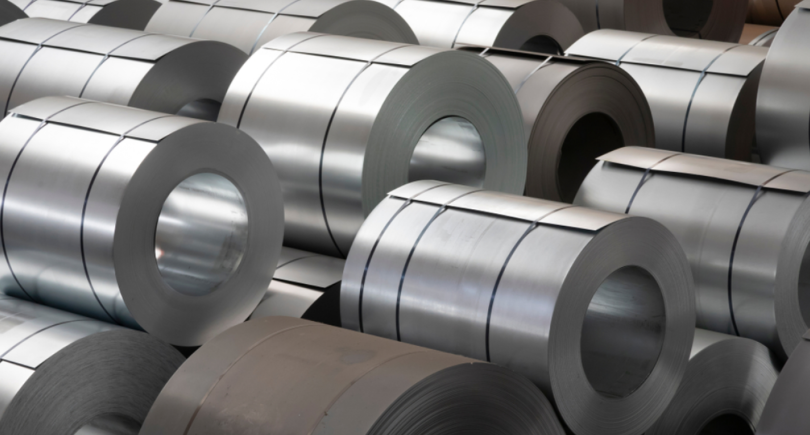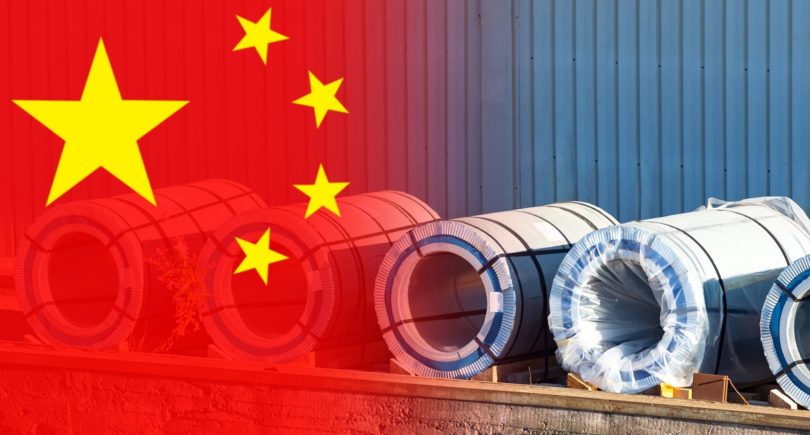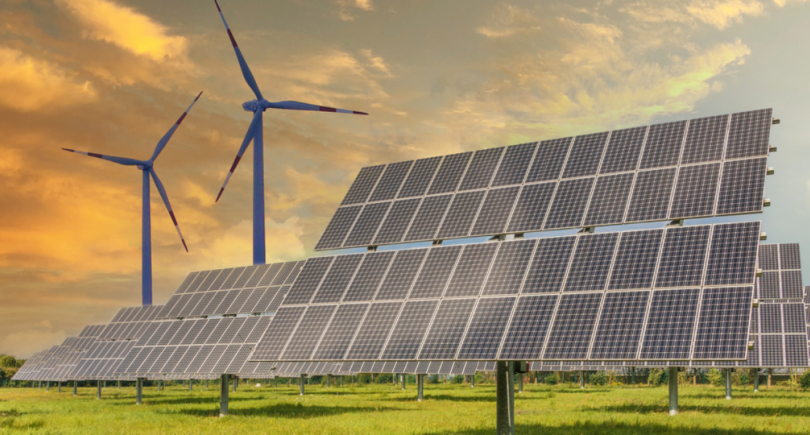
News Global Market India 718 07 September 2023
Currently, the country produces about 22 million tons of scrap per year
India needs more initiatives to generate additional scrap by 2030 to help its steel industry reduce emissions amid announced decarbonisation targets. Such an opinion experts expressed at the SteelMint profile conference.
The country produces about 22 million tons of scrap per year, 58% of which is consumed by induction and electric arc furnaces (IF-EAF), 22% – by blast furnaces and oxygen converter furnaces, but has the potential to produce 30 million tons.
In the 2022/2023 financial year, India consumed about 32 million tons of scrap for steel production. Imports of ferrous scrap during the period amounted to about 9.8 million tons, which is a sharp increase compared to about 3.6 million tons in the 2021/2022 fiscal year. The growth factors of this indicator were the increase in the volume of steel smelting, the lower availability of domestic scrap, as well as geopolitical upheavals that changed global trade flows.
However, protectionist measures will be introduced in about 2-3 years, as scrap is one of the key materials that serve the purpose of decarbonizing the world’s steel production. It is expected that by the 2029/2030 financial year, the demand for scrap in India will be 45 million tons, the country will produce 38 million tons of this raw material. The deficit, in particular, can be met through imports, but its quality is likely to deteriorate with the introduction of protectionist measures in the world. Additional volumes (5-6 million tons) may arise if the vehicle recycling policy works well. The lack of raw materials can also be covered through the construction sector – modernization, repair or demolition of old structures, buildings, etc.
In the next 5-6 years, experts predict, there will be a certain decline in scrap production in India compared to demand, its percentage in steel production will decrease. After that, the scrap collection will increase rapidly, since after 2000 the country began to intensively consume certain goods that will begin to turn into scrap after 2030. In addition, the gap in the need for this raw material will also be filled by direct reduction iron (DRI). However, India’s dependence on imports will continue.
As GMK Center reported earlier, the world trade in scrap (with the exception of trade turnover within the EU) in the first half of 2023 decreased by 8% – to 27 million tons compared to the same period in 2022. Then this indicator was at the level of 30 million tons.
Also, the global consumption of scrap in steel industry in 2022 decreased by 7% compared to 2021 – to 610 million tons. In 2022, the use of ferrous metal scrap in steel production remained at the level of 2021 – 32%.



